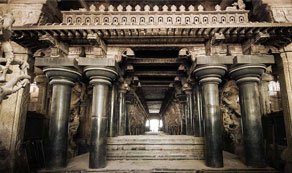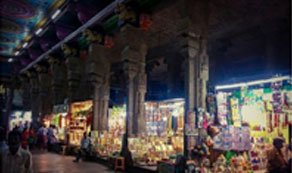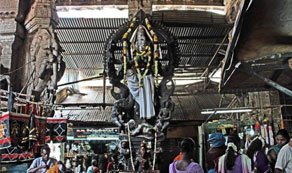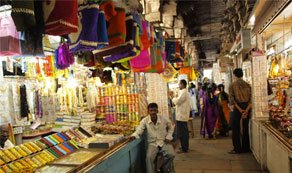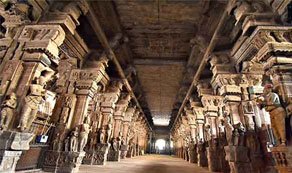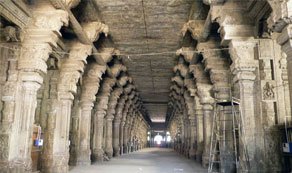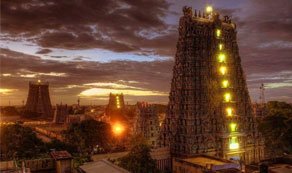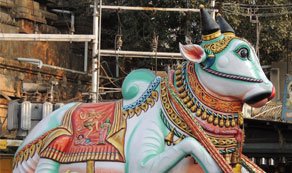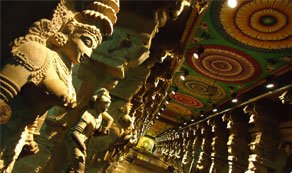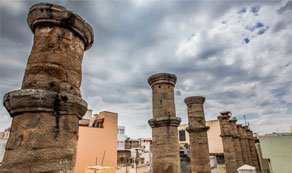Pudhu Mandapam

Here are some key points about the history and special features of the Pudhu Mandapam:
History:
Pudhu Mandapam was built during the Nayak dynasty's rule in the 16th century in Madurai, Tamil Nadu, India. The Nayaks were known for their contributions to architecture, and Pudhu Mandapam stands as a testament to their architectural prowess.
Special Features:
Architecture:
Pudhu Mandapam showcases impressive Dravidian architecture, characterized by intricate carvings, majestic pillars, and spacious halls.
Location:
Situated in the heart of Madurai, Pudhu Mandapam is adjacent to the famous Meenakshi Amman Temple, one of the most prominent landmarks in the city.
Commercial Hub:
Over the years, Pudhu Mandapam has transformed into a bustling commercial center. It houses numerous shops selling a variety of items, including traditional crafts, textiles, jewelry, and souvenirs. It serves as a vibrant marketplace where locals and tourists alike can explore and shop for authentic Madurai specialties.
Cultural Significance:
Pudhu Mandapam is not just a marketplace but also a cultural hub. It often hosts cultural events, exhibitions, and festivals, providing a platform for local artists to showcase their talents and for visitors to immerse themselves in Madurai's rich cultural heritage.
Spiritual Importance:
Being in close proximity to the Meenakshi Amman Temple, Pudhu Mandapam holds spiritual significance for devotees who visit the temple. It serves as an extension of the religious fervor that permeates throughout the city.



